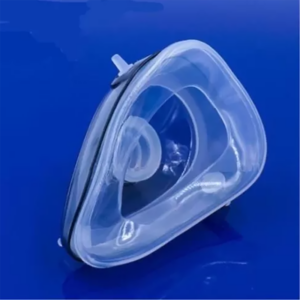Hi,guys,do you still remember me?Today we bring a new topic.BTW,Christmas is only a month away!Have you prepared any gifts for your family?LOL
All right, let’s move on to today’s topic: Liquid Silicone Precision Molding Essentials.
Achieving precision injection molding with liquid silicone involves addressing key factors that distinguish it from traditional thermoplastic rubber processing. The following three points are crucial for successful LSR injection molding:
- Thorough Mixing of Liquid Silicone:
- Accurate Mixing Ratio: LSR is a two-component material requiring precise 1:1 mixing before injection molding. For colored LSR products, the color paste ratio must also be accurately controlled.
- Mixer Importance: The static mixer plays a pivotal role. Only when the static mixer ensures thorough and uniform mixing can the liquid silicone injected into the mold cure completely.
- Sealing and Temperature Control of Injection Molding Machine Parts:
- Sealing for Low Viscosity: Due to the low viscosity of LSR, preventing material reflow and leakage is critical. Proper sealing of the screw is necessary.
- Water-Cooled Nozzle: As the mold heats up during LSR forming, a water-cooled structure nozzle helps maintain a sufficiently low temperature to prevent premature curing.

- Finished Product Control During Injection:
- Parting Line Considerations: Anticipating the position and accuracy of the parting line helps prevent air entrainment, welding issues, and burrs.
- Shrinkage Awareness: Although LSR doesn’t shrink during injection molding, it typically experiences 2-3% shrinkage after demolding and cooling due to its high thermal expansion coefficient.
- Injection Port Location: Consider the actual product shrinkage when determining the location of the injection port.
- Evacuation Process: Ensure mold sealing during parting line design. Vacuum pumps evacuate all cavities through the mold switch clamp.
- Demolding Techniques: Use demolding column trays, ejector pins, or manual demolding for effective demolding.
- Mold Temperature Control: Control the mold temperature evenly during the LSR vulcanization process.
In essence, the knowledge shared here transcends the boundaries of a manufacturing process. It’s a glimpse into the driving force behind advancements that shape the way we live, create, and innovate. So, as we bid adieu to this insightful exploration, stay tuned for the next installment! We promise, the upcoming content will be even more thrilling and engaging. These key considerations ensure the precise and successful injection molding of liquid silicone, particularly crucial for applications like the secondary molding of waterproof silicone rings on electronic accessories.
Remember, molding enthusiasts, as we bid adieu to this chapter of Liquid Silicone Rubber insights, rest assured that the next installment will be even more captivating! Stay tuned for an exciting dive into advanced techniques. Questions? Feel free to reach out – the journey continues with your curiosity as our guide!See you next topic!